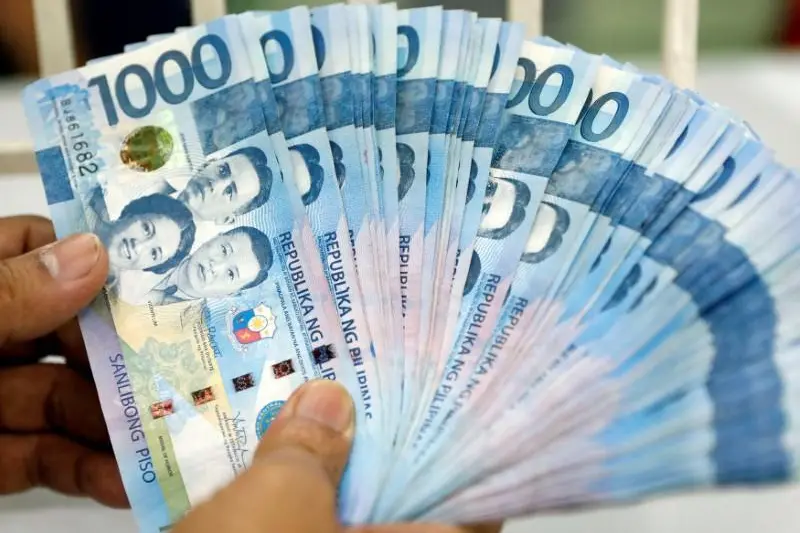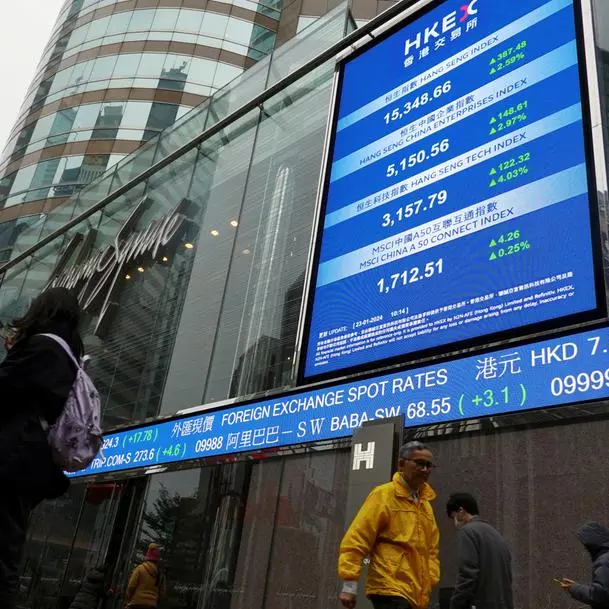PHOTO
The Bangko Sentral ng Pilipinas (BSP) is likely to cut the banks' reserve requirement ratio (RRR) by another 100 basis points to 8.5 percent in the fourth quarter, according to British banking giant HSBC.
In a report, HSBC economist for ASEAN Aris Dacanay, associate Hazel Lai and global FX strategist Lenny Jin said: 'We expect the BSP to cut its RRR further by 100 basis points to 8.5 percent in the fourth quarter. This is because of a window of opportunity in that period. Inflation will likely bottom out before rising again in the second quarter of 2024.'
According to the authors, the cut may free up P127 billion in additional liquidity into the financial system that can be neutralized by the BSP using its constantly improving array of monetary tools.
'Market participants may read the second RRR reduction in late 2023 as a signal that the central bank's bias has shifted toward providing incremental support to the economy. All else equal, this is positive for bonds. Interbank liquidity conditions can marginally ease, resulting in a slightly steeper yield curve,' they said.
However, the authors said the BSP may opt to delay the RRR cut to a later date if the peso remains near the upper-end of the 54 to 57 per $1 parameter set by the Cabinet-level Development Budget Coordination Committee (DBCC) by the fourth quarter.
For foreign exchange, HSBC said markets tend to reward good RRR cuts while penalizing bad ones.
'If a cut helps ease growth constraints while inflation and currency pressures are relatively contained, the peso tends to react positively. We think the cut in the fourth quarter may fall somewhere in between, thus having limited impact on the currency,' the authors said.
BSP Governor Eli Remolona Jr. earlier said the further lowering of the RRR remains on the table.
'We intend to lower the reserve requirement but we don't know when. I don't think it makes sense to lower the reserve requirement while we're still in the tightening mode,' Remolona said.
In June, the regulator announced the reduction of the RRR for universal and commercial banks as well as non-bank financial institutions with quasi-banking functions by 250 basis points to 9.5 percent from the current level of 12 percent.
Likewise, the RRR for digital banks was slashed by 200 basis points to six percent from eight percent, while that of mid-sized or thrift banks was lowered by 100 basis points to two percent from three percent. The RRR for small banks or rural and cooperative banks was reduced by 100 basis points to one percent from two percent.
Copyright © 2022 PhilSTAR Daily, Inc Provided by SyndiGate Media Inc. (Syndigate.info).























